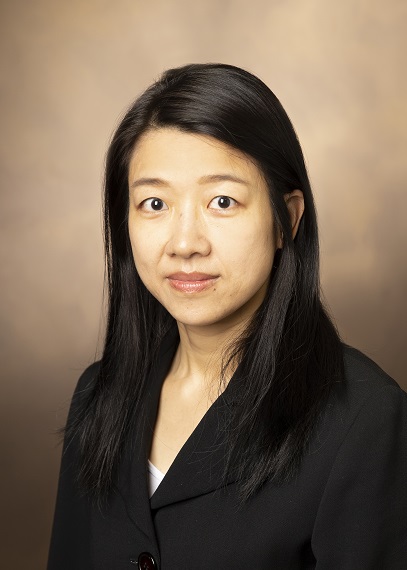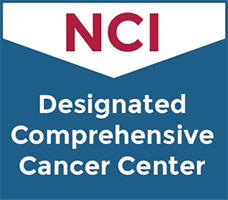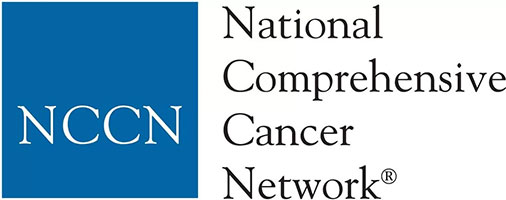Richard Mu, Ph.D.
- Research Professor of Biomedical Engineering
- Tennessee State University
Richard Mu, Ph.D.
- Research Professor of Biomedical Engineering
- Tennessee State University
615-963-5527
richard.mu@Vanderbilt.Edu
Research Program

Mark Mcclain, Ph.D.
- Research Professor of Medicine
Mark Mcclain, Ph.D.
- Research Professor of Medicine
615-343-3033
mark.s.mcclain@Vanderbilt.Edu
Research Program
Research Description

Todd Peterson, Ph.D.
- Associate Professor Radiology & Radiological Sciences
Todd Peterson, Ph.D.
- Associate Professor Radiology & Radiological Sciences
615-322-2648
todd.e.peterson@vumc.org
Research Program
Research Description

Adam Rosenberg, Ph.D.
Adam Rosenberg, Ph.D.
615-875-0929
adam.j.rosenberg@vumc.org
1161 21st. Ave S.
Nashville, TN 37232
Nashville, TN 37232
Research Program
Research Description

Ting-Fang Lee, Ph.D.
- Research Instructor of Surgery
Ting-Fang Lee, Ph.D.
- Research Instructor of Surgery
615-322-4842
tingfang.lee@vumc.org
Research Program
Research Description

Katy Beckermann, Ph.D., M.D.
- Assistant Professor of Medicine
Katy Beckermann, Ph.D., M.D.
- Assistant Professor of Medicine
615-936-8422
katy.eby@vumc.org
Research Program
Research Description

Deanna Edwards, Ph.D.
- Research Assistant Professor
Deanna Edwards, Ph.D.
- Research Assistant Professor
615-322-4746
deanna.edwards@vumc.org
Research Program
Research Description

Lee E. Wheless, M.D., Ph.D.
- Assistant Professor
Lee E. Wheless, M.D., Ph.D.
- Assistant Professor
lee.e.wheless@vumc.org
Research Program
Research Description
This clinical trial investigates factors associated with access to genetic risk assessment, counseling, and testings services. The trial also seeks to refine and evaluate the effectiveness of online tools on improving cancer risk management practices and family communication of genetic test results.

Richard, P. Garvin, PhD
- Assistant Professor, Psychology
Richard, P. Garvin, PhD
- Assistant Professor, Psychology
rgarvin@tnstate.edu


